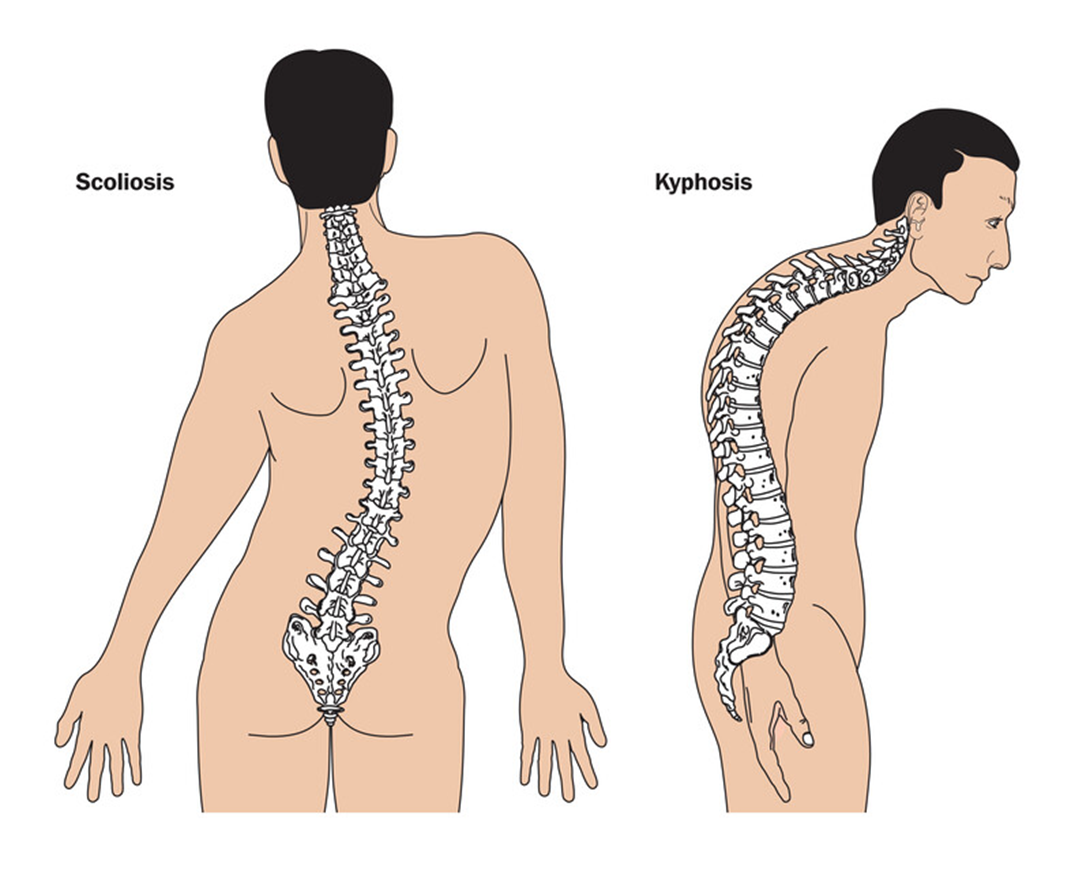A nurse is providing teaching with a client who has severe arthritis and has difficulty with stairs. What should the nurse include in the teaching?
"Keep your eyes on your feet when ascending or descending the stairs."
"Maintain your arms in a slightly bent position when using the handrails."
"Move your right leg forward as you lower yourself to the next step."
"Support yourself with the handrail when transferring to or from the stairs."
The Correct Answer is B
Choice A reason: This is not the correct answer because it distracts the client from the surroundings and could cause loss of balance or coordination.
Choice B reason: This is the correct answer because it enables the client to use the handrails as a support and reduces the stress on the arms and shoulders.
Choice C reason: This is not the correct answer because it creates an uneven distribution of weight and could cause instability or pain.
Choice D reason: This is not the correct answer because it requires the client to shift the body weight abruptly and could cause muscle strain or joint damage.
Nursing Test Bank
Naxlex Comprehensive Predictor Exams
Related Questions
Correct Answer is B
Explanation
Choice A reason: Client instructed on self-care needs is not a specific or accurate documentation. The nurse should include the details of the instruction, such as the topics covered, the teaching methods used, the client's response, and the evaluation of learning.
Choice B reason: Oral temperature elevated at 0800 is a specific and accurate documentation. The nurse should include the vital signs and any abnormal findings, such as fever, in the client's health record. The nurse should also report the elevation to the provider and monitor the client for signs of infection.
Choice C reason: Episiotomy approximated, 3 cm (1.18 in) in length is not a specific or accurate documentation. The nurse should include the type, location, and degree of the episiotomy, as well as the condition of the wound, the presence of edema, erythema, or drainage, and the interventions performed.
Choice D reason: Client drank adequate amounts of fluid with meals is not a specific or accurate documentation. The nurse should include the exact amount and type of fluid intake, as well as the output, in the client's health record. The nurse should also assess the client for signs of dehydration or fluid overload.
Correct Answer is D
Explanation
Choice A reason: Increased convex curve of the cervical spine is not an indication of scoliosis, but of kyphosis. Kyphosis is a condition that causes a forward rounding of the upper back, resulting in a hunched posture.
Choice B reason: Increased concave curve of the thoracic spine is not an indication of scoliosis, but of lordosis. Lordosis is a condition that causes an excessive inward curvature of the lower back, resulting in a swayback posture.
Choice C reason: Expansion of the upper intercostal spaces is not an indication of scoliosis, but of emphysema. Emphysema is a lung disease that causes the air sacs to become damaged and enlarged, resulting in difficulty breathing and a barrel chest.
Choice D reason: Unequal height of the shoulders is an indication of scoliosis. Scoliosis is a condition that causes a sideways curvature of the spine, resulting in an asymmetrical appearance of the shoulders, hips, and waist.

Whether you are a student looking to ace your exams or a practicing nurse seeking to enhance your expertise , our nursing education contents will empower you with the confidence and competence to make a difference in the lives of patients and become a respected leader in the healthcare field.
Visit Naxlex, invest in your future and unlock endless possibilities with our unparalleled nursing education contents today
Report Wrong Answer on the Current Question
Do you disagree with the answer? If yes, what is your expected answer? Explain.
Kindly be descriptive with the issue you are facing.
